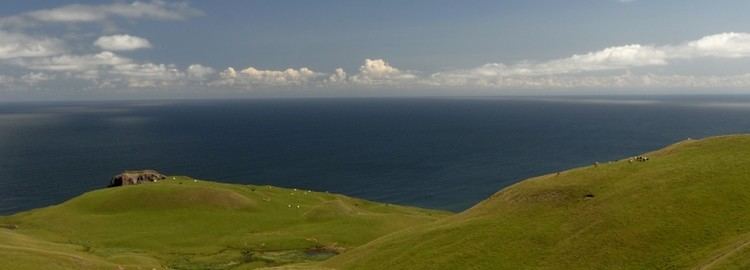Max length 3 km | Province Québec | |
 | ||
wanda dickson downhome entry island the magdalen islands
Entry Island (Île-d’Entrée in French) is an island off the east coast of the Magdalen Islands, which are part of the Canadian Province of Quebec. The island is 2 km wide and 3 km long. The island is located 12 km from the main port of Cap-aux-Meules of the Magdalen Islands. Entry Island is only accessible by ocean or air. The island is also home to an English-speaking community.
Contents
- wanda dickson downhome entry island the magdalen islands
- Map of C38Ele dEntrC3A9e Les C38Eles de la Madeleine QC Canada
- Entry island
- TransportEdit
- In fictionEdit
- References
Map of %C3%8Ele d'Entr%C3%A9e, Les %C3%8Eles-de-la-Madeleine, QC, Canada
Fishing is the main industry of the island with the lobster fishery being the most important, but some fishermen also harvest crab, scallops, whelk, mackerel, tuna and herring.
Approximately 65 residents reside on Entry Island year around. That is down from 270 in 1980.
Visible as the first island when travelling by ferry from the Magdalen Islands, Entry Island can be identified by its lavishly tinted cliffs. Beautiful, unspoiled rolling green hills are one of the main attractions of Entry Island. At 174 meters (571 feet) above sea level, Big Hill is the highest elevation on the island, and is also the highest point of land in the archipelago. The island has two stores, a restaurant, an Anglican church, CLSC, museum, and post office; a Bed and Breakfast operates during the tourist season.
In July 2010, a small military exercise called Exercise "SABRE" took place on the island, lasting 18 days.
The Entry Island School closed permanently in 2015. The remaining 2 school age students reside on the main islands during the school year and are now attending the English speaking school at Grosse Île.
Entry island
TransportEdit
A ferry comes to Entry twice a day except Sundays, Christmas Day and New Years Day. When visitors come to Entry Island, after an hour boat ride, they may see more four-wheelers or snowmobiles (depending on the season) at the pier than cars. There is no gas station on Entry Island.
There is a year-round local ferry service that transports passengers, mail and freight. Vehicle transportation has to be arranged ahead of time and is limited to one or two vehicles per run, if even. Sometimes in the winter an ice bridge forms from Entry Island to Amherst Island. This winter bridge is used frequently by islanders travelling on snowmobiles, horses and even automobiles as well as on foot (for the intrepid) according to winter conditions.
The airfield on Entry Island has two paved runways, but it has no scheduled passenger service. There is also a wooden helipad with no further aviation infrastructure at the North-East corner of the island (La Cormorandière).
Entry Island is one of three anglophone communities on the Magdalen Islands, the other two being Grosse-Île and Old Harry. Entry Island is the only totally secluded community, as the others (anglophone and francophone) are all connected by sand dunes and a highway, Route 199.
In fictionEdit
Scottish author Peter May's 2013 book Entry Island is a detective novel mostly set on the island. Quebec author Jean Lemieux's 2009 book "La lune rouge" (published in French only) is a psychological novel set on the island. The beginning of the science-fiction novel L'odysée du Pénélope (Aurora Award 1998) by Jean-Pierre Guillet, takes place on the island.
